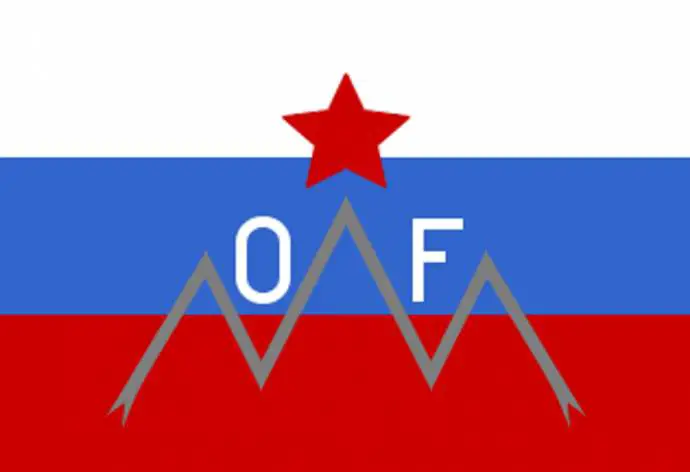The Anti-Imperialist Front, as it was initially known, was created In Ljubljana on 26 April 1941, two weeks after Slovenia, then a part of Yugoslavia, was occupied by Nazi Germany and ten days after the Yugoslav authorities in Belgrade surrendered.
The territory of the present-day Slovenia was divided between Germany, Italy and Hungary, and a small portion of land near Brežice (E) was occupied by the Independent State of Croatia. A majority of the population disapproved of the occupation.
The movement was founded at the home of literary critic Josip Vidmar (1895-1992), and was attended by representatives of the Communist Party of Slovenia, the Sokoli gymnastic society, the Christian Socialists and a group of intellectuals.
It attracted political dissidents and fractions of the existing political parties, and the groups within the movement differed ideologically, as well as by their political past and size.
One of the groups were the Communists, which numbered only around 1,000 at the time, but were the best equipped for political work under occupation, having gained the experience by working underground for 20 years in the Kingdom of Yugoslavia.
The founding groups decided to launch preparations for an armed resistance to liberate and unite Slovenia.
The organisation rapidly gained followers and represented a basis for a Partisan resistance movement, which started forming in the summer of 1941 and later became known as the National Liberation Movement.
The movement was active in the entire territory populated by Slovenians, including in Italy, Austria and Hungary, and it gradually started to be dominated by Communists.
The front faced ideological opposition from those who disagreed with its communist nature and segments of the population engaged in active armed conflict against it in collaboration with the occupying forces of Germany and Italy.
This armed conflict remains the main source of ideological divisions in Slovenia, with the left and right commonly defining their political orientation on the basis of support for or opposition to the Communist-led liberation movement.
Accordingly, Resistance Day is perhaps the most controversial public holiday, with displays of the Partisan red star at hundreds of ceremonies across the country drawing continued ire from conservative circles and the ideological heirs of those who opposed the Communist.
This year the holiday comes just over a month ahead of the general election and parties have used it as an ideological touchstone.
Many officials of leftist parties are expected to attend some of the hundreds of celebrations as confirmation of their commitment to the values of the national liberation struggle and the notion that Slovenia's statehood is in no small measure a result of this struggle.
Conservative parties tend to stay away from these celebrations, positioning themselves as the ideological heirs of those who fought the Communists after the war.






